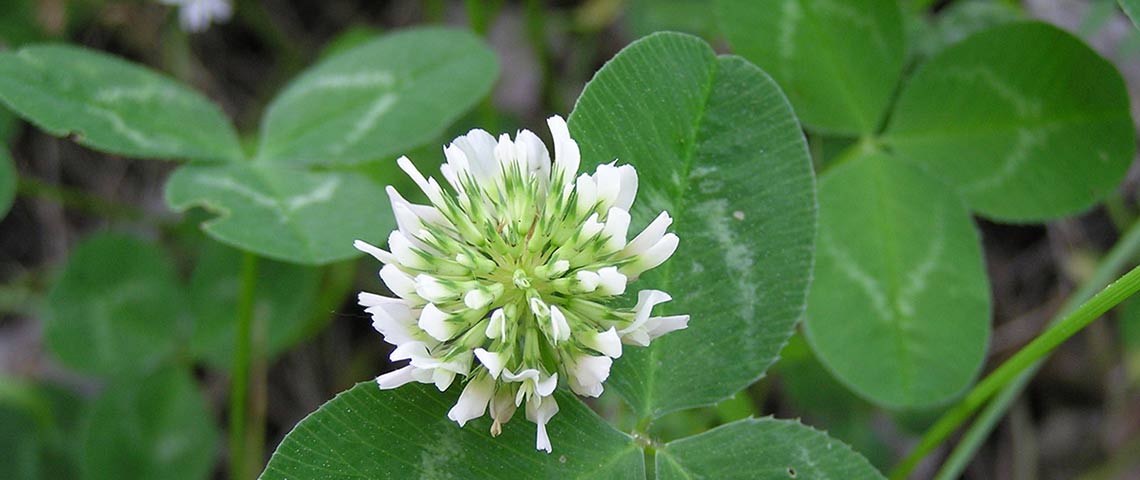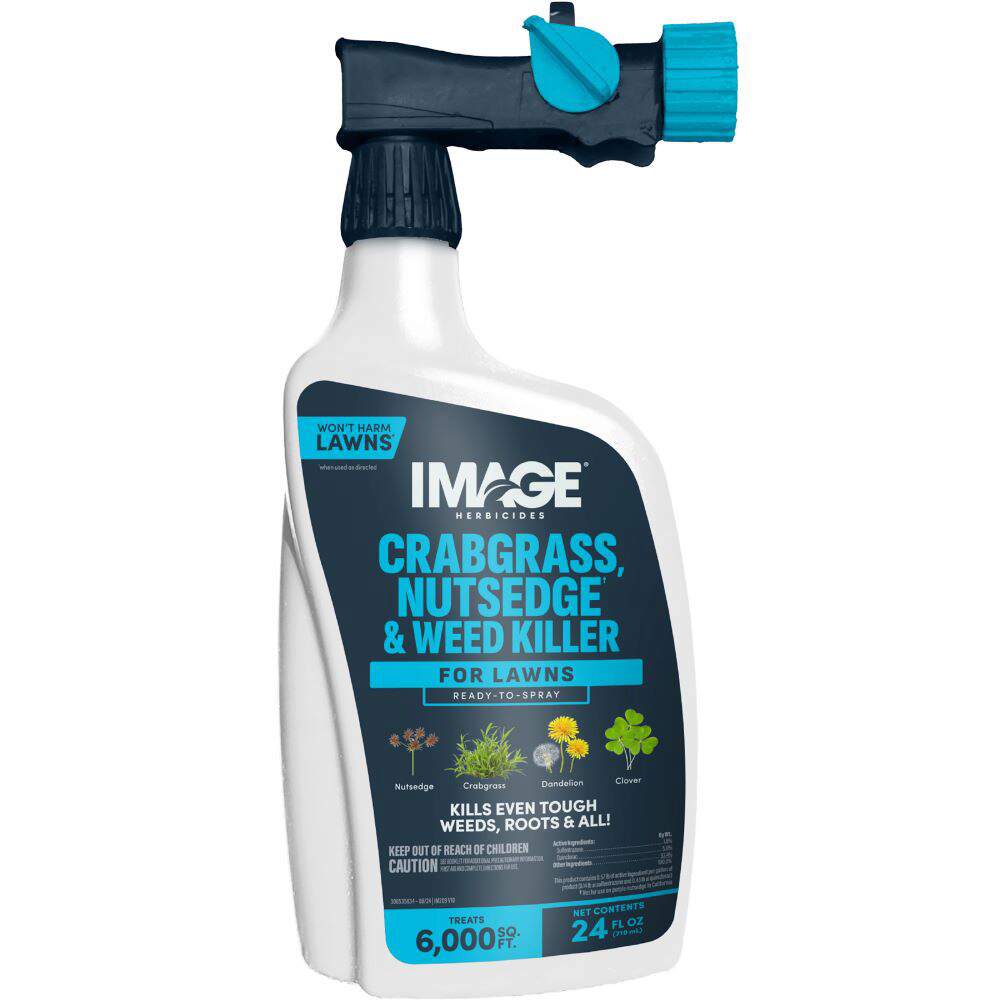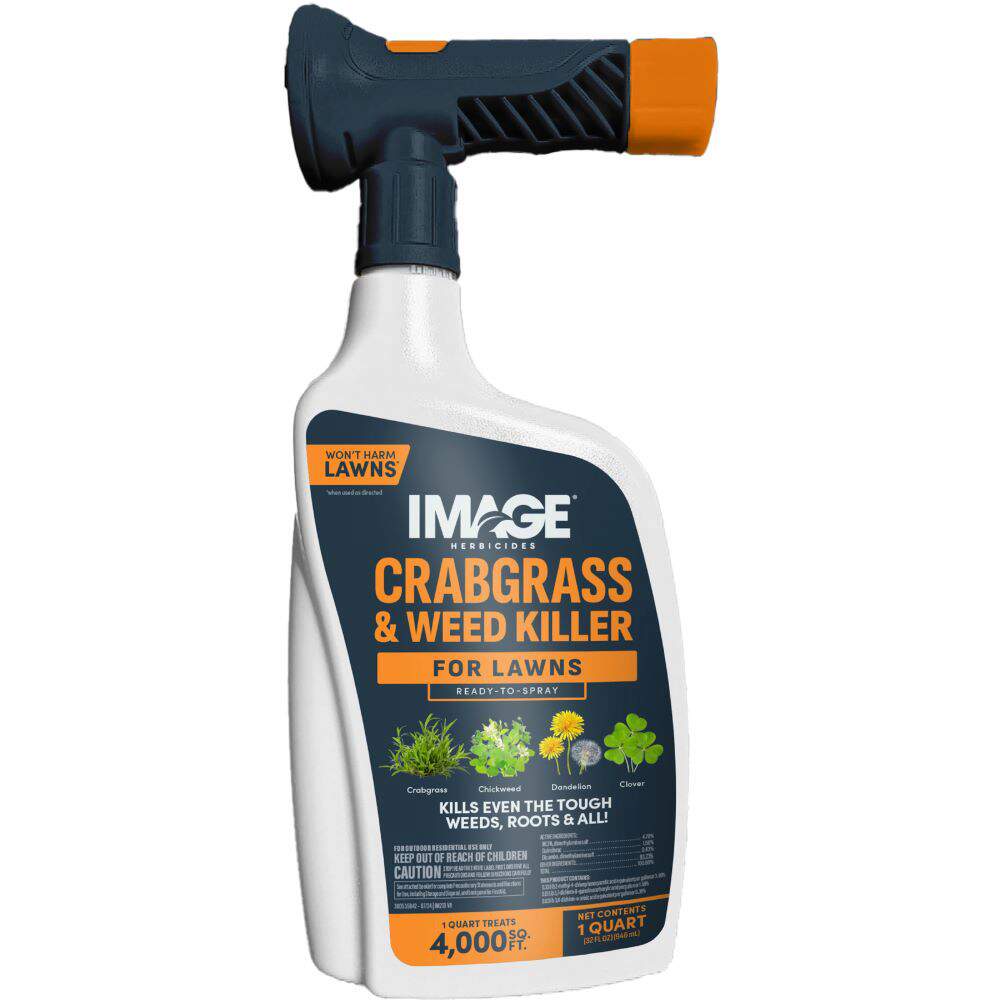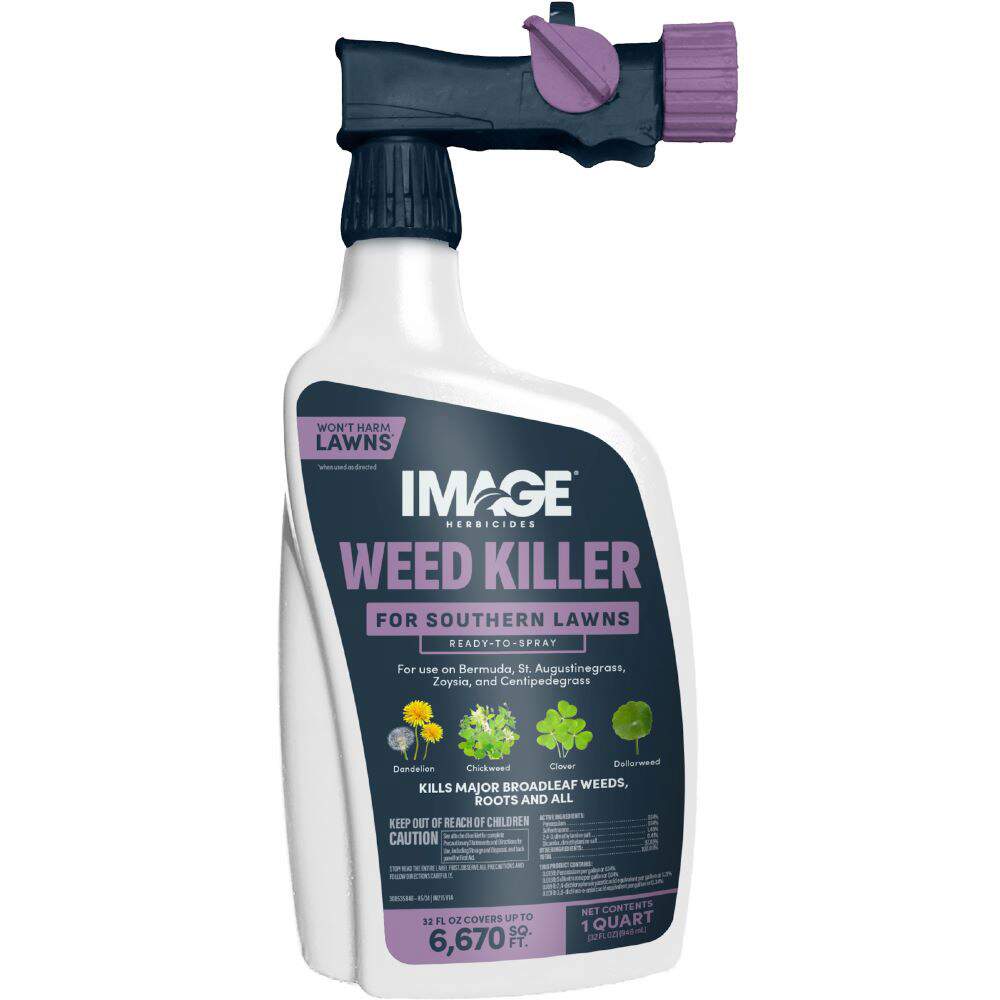HOW TO IDENTIFY CLOVER
White clover is a low-growing, perennial, broadleaf lawn weed. In maintained lawns, it typically escapes the mower by staying at or below mowing height. But in unmaintained areas, white clover can grow a foot tall or more. The plant spreads quickly as above-ground stems called stolon's creep along the ground and root. Stems may feel smooth or have short hairs.
Each bright green clover leaf has three oval leaflets that join together in a classic shamrock shape. Each leaflet can grow 1 inch long or more. White clover leaflets have a very slightly serrated edge. A whitish or light green "V" or crescent-shaped mark may appear close to the leaf base.
White clover flowers are tiny narrow flowers, often tinged with pink at their base. The white flowers cluster in rounded flower heads atop short stalks. Each flower head may measure 1/2 inch or more in diameter and contain dozens of small individual flowers. Seeds grow in a tiny pod.
WHERE AND WHY CLOVER GROWS
White clover occurs throughout the United States — where it's welcome and where it's not. Due to its vigorous growth and extensive fibrous root system, white clover plays an important role in erosion control and forage mixes for some types of livestock. But this same plant annoys homeowners seeking a beautiful, lush lawn.
White clover tolerates a broad range of soil types and soil pH, but it doesn't do well in dry, drought-prone areas. Like most legumes, this plant can fix nitrogen in the soil — providing its own lawn fertilizer in a way. It flourishes where underfed lawn grasses struggle, outcompeting grass and other broadleaf weeds. Thick, well-maintained, well-nourished grass helps limit white clover's spread.
HOW TO CONTROL CLOVER
When treating white clover or other lawn weeds, always read product labels and make sure the label lists your grass type. Some lawn grasses are sensitive to herbicides, so double-check labels. Only treat established lawn grasses, not newly seeded areas. For best results, treat clover when small, new plants emerge.
Image Herbicides offer several highly effective liquid products to kill or control white clover:
- Image Herbicides Crabgrass, Nutsedge & Weed Killer for Lawns, available in Ready-to-Spray and Concentrate formulas, starts working on contact to kill white clover to the root. You can use this selective, post-emergent herbicide on most cool-season and warm-season lawn grasses. But avoid using it on St. Augustine grass lawns.
- Image Herbicides Crabgrass & Weed Killer for Lawns, available in Ready-to-Spray and Concentrate formulas, kills even the tough weeds — roots and all. For best results, apply this selective post-emergent herbicide when newly emerged white clover is small and actively growing.
- Image Herbicides Weed Killer for Southern Lawns, available in Ready-to-Spray and Concentrate formulas, provides an answer for sensitive lawn grasses. The fast-acting formula starts working immediately to kill white clover and other listed broadleaf weeds down to the roots.
Clover Control Tips: White clover thrives in the same conditions that most lawn grasses prefer. Intervene early to kill this weed before it gets established and outcompetes grass.
If you're looking for a granular option for post-emergent weed control, Pennington Full Season Weed & Feed 25-0-8 controls clover and feeds your lawn.
Always read product labels thoroughly and follow instructions, including guidelines for lawn grass types, frequency of applications and seasonal maximums that may apply.
CLOVER GALLERY
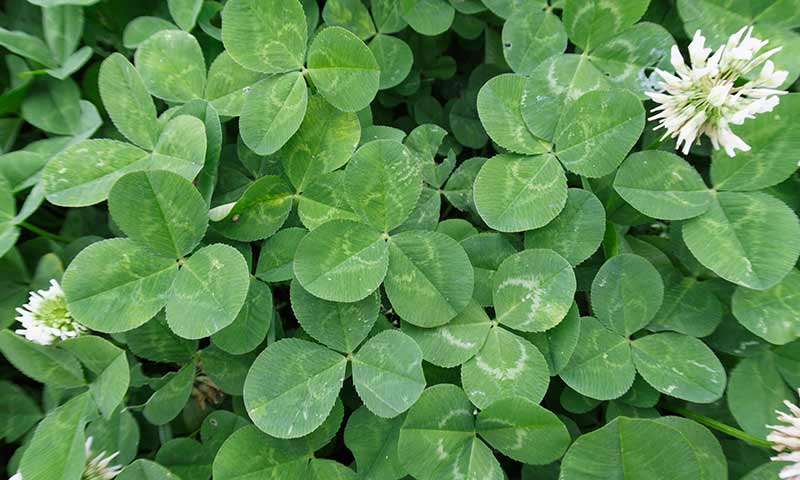
White Clover
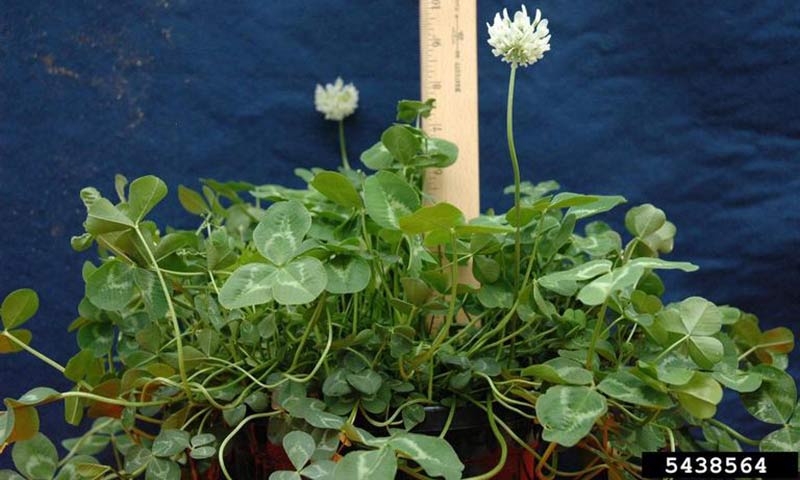
White Clover
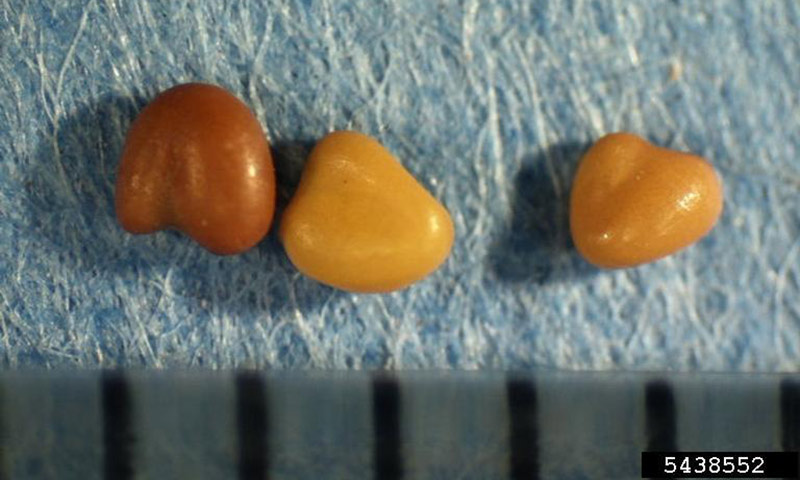
White Clover Seeds
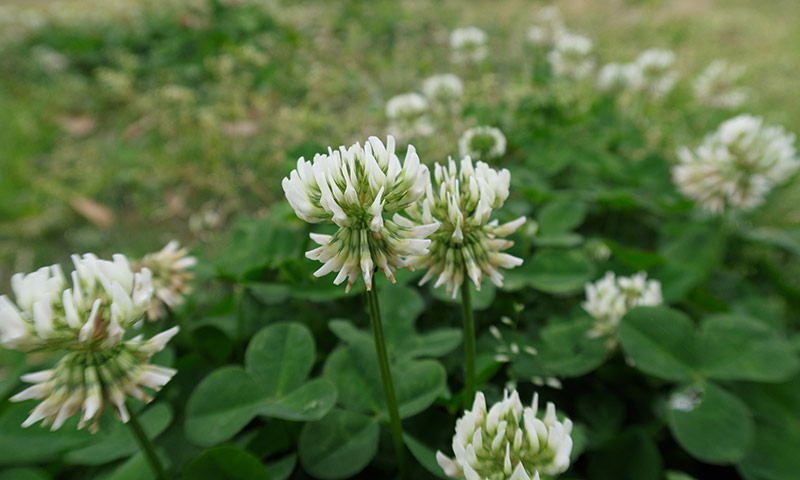
White Clover Flowers
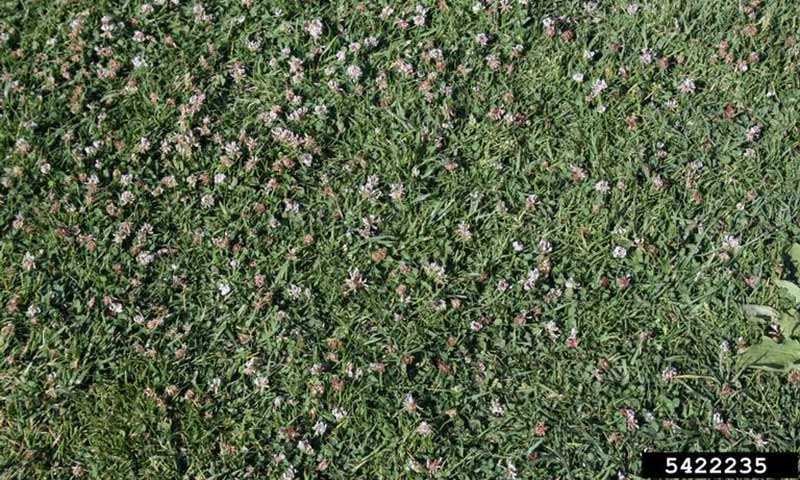
White Clover

